Some of the most exciting adventures we take onboard El Aleph are to discover and learn more about the cetaceans of Indonesia. These tropical waters are home to numerous species which are unseen by many. With onboard expert, Benjamin Kahn from Planet Deep we set out to the remote Banda Sea and Banda Islands to find out more. Here’s our latest El Aleph trip report from Morrison Mast who was onboard with us….
The Incredible Realm of the Banda Sea
“As the 130-foot schooner El Aleph plied the waters between the outer and inner arcs of the Maluku islands, Benjamin Kahn, cetacean researcher and founder of partner organization Planet Deep, addressed the guests aboard. He informed us that we were entering the world’s deepest enclosed sea, with waters as deep as 4 ½ miles – we were entering the Banda Sea. We were only a couple hours’ out from our port of embarkation, yet the ocean floor was already a deep abyss, some 18,000 feet below the El Aleph’s hull”.
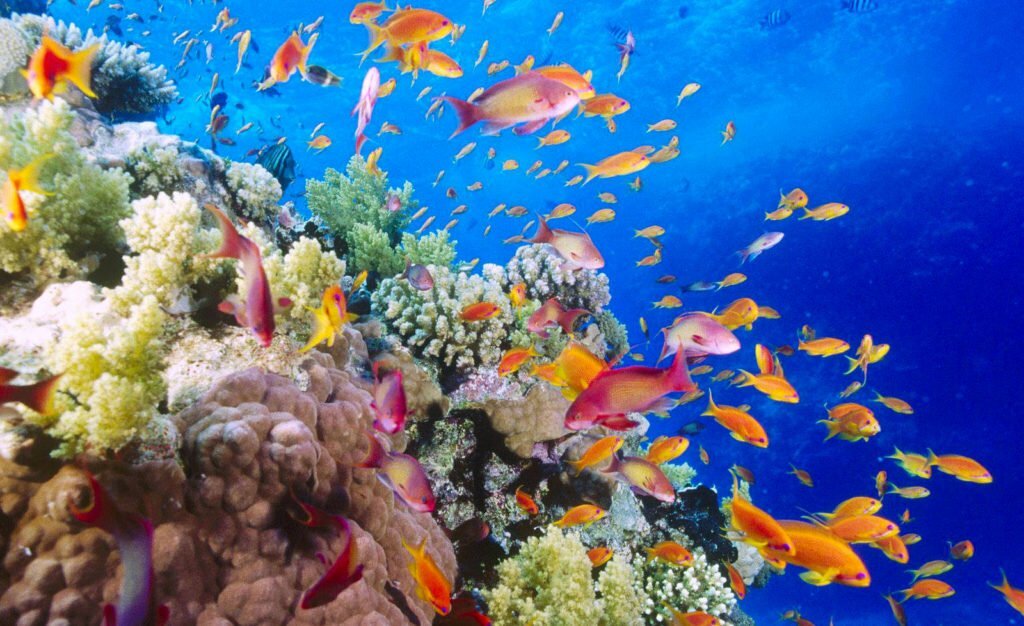
The Banda Sea is one of the most phenomenal bodies of water in Indonesia. Encompassing numerous uninhabited islands and seas that are home to migrating and resident whales and dolphin species this is an incredible location.
Morrison Mast announced, “Thus began the Banda Blues and Hammers Expedition — a program that had been years in the works, and represented a one-of-a-kind collaborative expedition between Oceanic Society and Planet Deep. Our main focus in the Banda Sea would be the blue whale (Balaenoptera musculus), which is found in relative abundance in this sea, and the schools of scalloped hammerhead (Sphyrna lewini), which occur in predictable areas at the edge of volcanic islands. The intimidating depth of the Banda Sea is the very basis of this expedition – nowhere else in the world does the unique oceanic geography exist that would bring these two iconic ocean species to the same area”.
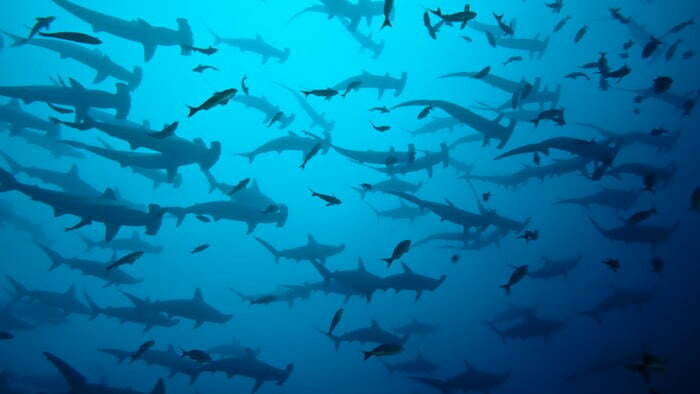

Diverse Species in the Banda Sea
Over the course of 12 days, we would travel over 750 nautical miles through the Banda Sea onboard el Aleph. First from the port of Saumlaki to Hammer Island, then eastward following a chain of islands that comprised the “inner arc” of the Banda Sea. Our goal was to gather observations of marine mammals in this important yet understudied region. Before arriving at our final port in Maumere, our group would have positively identified 12 different species of marine mammals, as well as schooling hammerhead sharks and a multitude of other marine species that call the Banda Sea home.
Over the course of our 12 days at sea, our talented El Aleph crew would ensure that the onboard scientists were looked after in traditional El Aleph style, luxury cabins, exquisite dining and their needs not only met but exceeded. This is, after all, what El Aleph does best.
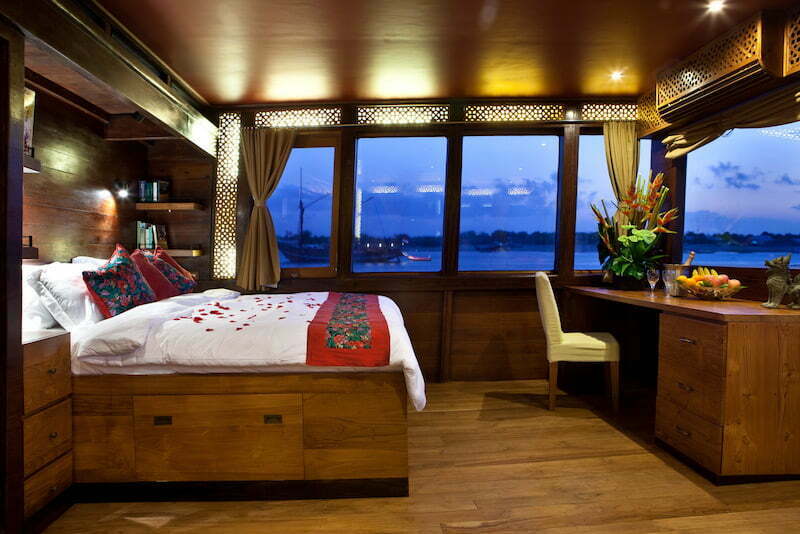

A Unique Expedition in the Banda Sea
Morrison Mast commented that, “This expedition to the Banda Sea is particularly unique because of its dual focus – part of each day would be spent on the El Aleph’s observation deck, scanning the horizon for the telltale blows of dolphins and whales, and the other part in the water, snorkeling and diving. Oceanic Society had the unique honor of working with both of the founding members of Planet Deep, an Indonesian non-profit organization that enables scientific research through conservation tourism in the Coral Triangle – the global epicenter for marine biodiversity. Co-founders Benjamin Kahn and Johannes Hennicke brought to bear both scientific expertise and a deep knowledge of the area. In addition, experienced divemaster and Oceanic Society naturalist Dalton Ambat has logged thousands of dives in this part of the world and was quick to find and point out notable species during dives and snorkeling outings. “The Banda Sea is like our backyard,” commented Kahn, who has worked in the Coral Triangle region for decades.
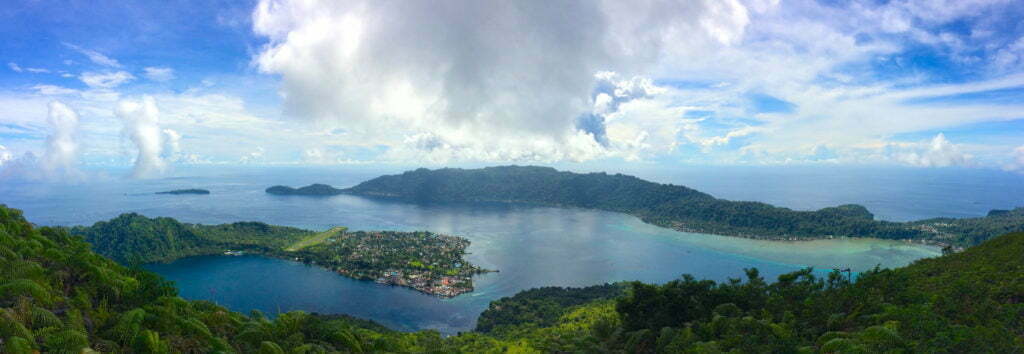

But even for veteran travelers in this area of the world, the initial part of our voyage through the Banda Sea brought us to places about which little is known. Zooming in on the digital nautical charts of our location on a tablet, we noticed that the charts did not have enough resolution to display hydrographic features at lower scales, and a warning message reading “mariners practice extreme caution, area uncharted” appeared on the blank part of the map.
In addition to blank spaces on the map, Benjamin Kahn informed us that relatively little is known about marine mammal populations and movements in the area. “We know that these blue whales will migrate up from the western coast of Australia to the Banda Sea, but we don’t have a great idea of what exactly they’re doing here” said Kahn. “The data collected on voyages like this helps to fill some of these large data gaps.”


Whale Watching in the Banda Sea
Like modern-day, well-meaning versions of whalers, the travelers, naturalists, and researchers aboard would attentively watch the horizon of the Banda Sea from as early as sunrise. When a spout was spotted, the spotter would yell “blow!”, and a large brass bell would be rung, alerting the rest of the boat that we had spotted a marine mammal. Excitement would rise, and binoculars and telephoto lenses trained on the location of the animal, and the identification process would begin.
“Cetacean identification is a process of elimination. We start with an unidentified marine mammal, then use identifying features to determine what it is not, rather than jumping all the way down to the species level,” said Benjamin Kahn. As the researchers and travelers identified and photographed our subjects, the captain and crew deftly maneuvered the boat to put us in a prime viewing position that did not disturb the whales or dolphins we were observing.
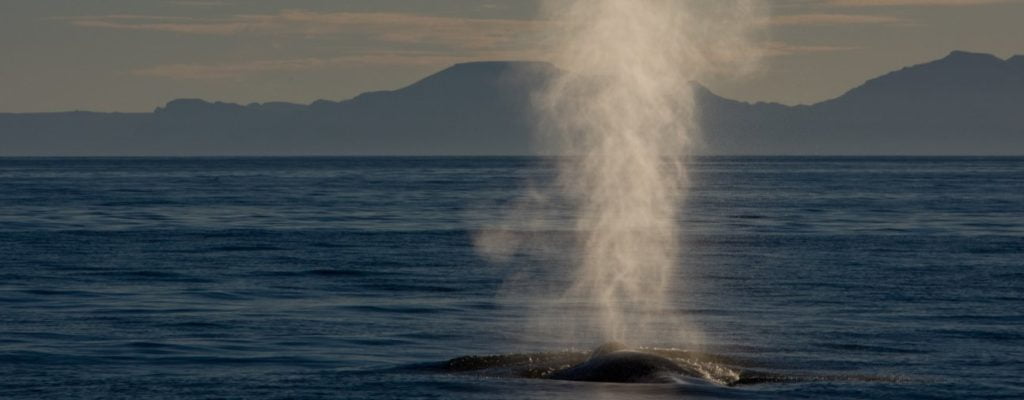

Our first blue whale sighting came early on, between Saumlaki and Hammer Island. Rachel Steinberg, a participant and graduate student in marine science from the University of San Diego, spotted a column of sea-spray on the horizon, which was positively identified as that of a blue whale by Kahn. This was in a particularly deep part of the Banda Sea basin, and the sighting was logged as a positive ID on a blue whale.
The most memorable whale sighting for many of the passengers came on the morning of September 13th off the north coast of Wetar. The distinctive blow pattern of a sperm whale was spotted in the distance, and Johannes Hennicke, Cruise Director for El Aleph, immediately asked the captain to change heading and get a closer look. As we approached the whale, another surfaced within 150 meters of the ship, and Hennicke quickly gave the order to turn and put the engine in neutral. We watched in awe as the ship idled alongside this large female sperm whale, approximately 30 feet long. The whale rested at the surface, taking multiple breaths, before arching her back, and with a final lift of her flukes, disappeared into the clear, dark waters of the Banda Sea below.


The unique bathymetry of the Banda Sea creates a dynamic range of ecosystems throughout the inner arc in which multiple species of cetaceans can be found. When passing near a large underwater seamount on September 12th, our travelers had the rare opportunity to see a group of Cuvier’s beaked whales (Ziphius cavirostris), a deep diving and elusive species of whale. Very little known is known about this species’ ecology and biology, so to see multiple at sea was an unforgettable experience. Thanks to the photos from one of the travelers, Kahn was able to positively identify these as Cuvier’s beaked whales.
Exploring the Banda Sea Underwater
When not on whale patrol, OS travelers spent time in the water either snorkeling or diving, exploring shallow reefs full of life. From the very first day, the snorkelers and divers on this trip were treated to the vibrant display of marine life that can only be found in the Banda Sea region of the Coral Triangle. Snorkelers didn’t need to go far to find octopus, abundant reef fish, and vibrant corals. The free divers among the group were free to explore steep walls teeming with life. One highlight was a large cuttlefish near the island of Romang, which exhibited a hypnotic, dynamic skin coloration pattern as it hunted.


There is a reason why the Banda Sea is known as “The Amazon of the Sea.” It is positioned in the Coral Triangle, which is come to 76% of the world’s species of coral — the highest diversity in the world. 15 of these species exist nowhere else in the world. 37% of reef fish species call the Coral Triangle home, along with 6 of the 7 species of sea turtle.
Those who chose to dive, experienced diverse marine habitats – from shallow, white sand plains dotted with cautious garden eels, to near-shore coral reefs, to steep volcanic drop-offs. In the latter, four-foot-wide barrel sponges at 100-foot depths embroidered with long, pale sea cucumbers protruded from a sheer wall that towered a hundred feet above us, and below us plunged out of sight to unfathomable blue depths.


It was in this deep-water drop-off setting that both the snorkelers and divers of the group were able to glimpse multiple scalloped hammerheads – a wildlife spectacle which occurs in only a few known places on earth, and which was the other primary focus of this expedition. It took several dives and patient blue-water snorkeling outings over the course of 3 days before we were able to see them, but thanks to the blessing of a local community leader, the sharks revealed themselves on our last day at the anchorage off Hammer Island.
The tectonic dynamism of the Banda Sea was ever-present, from the stratovolcanoes that dominated the distant outlines of the islands we sailed past, to gas bubbling out of cracks in the reef off Pantar Island. When diving in search of hammerheads, a small group of us experienced a long and very loud rumbling, which sustained itself for a full 2 seconds. Since this was an island where local fishermen prohibit the destructive practice of dynamite fishing, we determined that this was most likely due to volcanic activity.
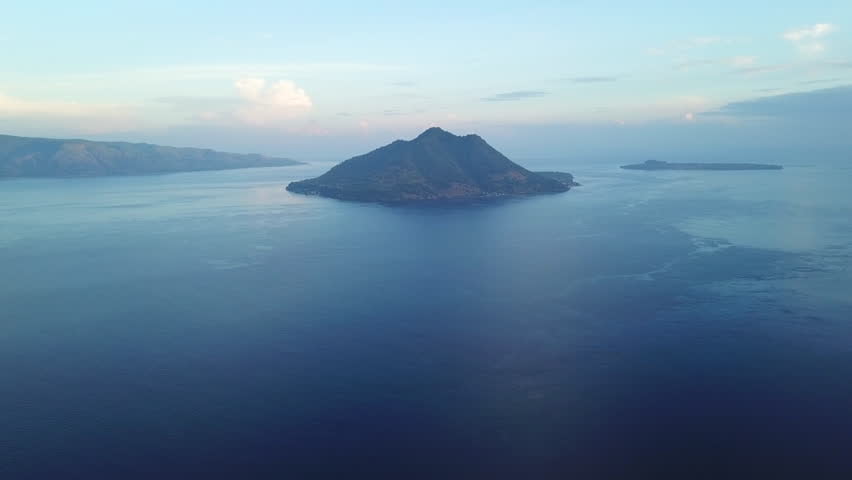

Conclusion of The Banda Sea Trip with El Aleph
As we neared the end of the Banda Sea trip and approached our final anchorage of Mauemere, we were treated to even more species of cetaceans, such as pygmy killer whales, false killer whales, and a megapod of melon-headed whales near the Strait of Pantar. One of our final afternoons was spent in the shadow of the volcano Lewotelo, with the sun setting against the slope of the volcano
Beyond the spectacular show put on by the ocean wildlife we experienced, the kind and dedicated crew of the El Aleph made everyone’s experience on board the ship extremely memorable. We hope that this represents the first of many collaborations with Planet Deep in the Banda Sea, and look forward to returning to contribute further to research efforts in this truly awe-inspiring part of the world.
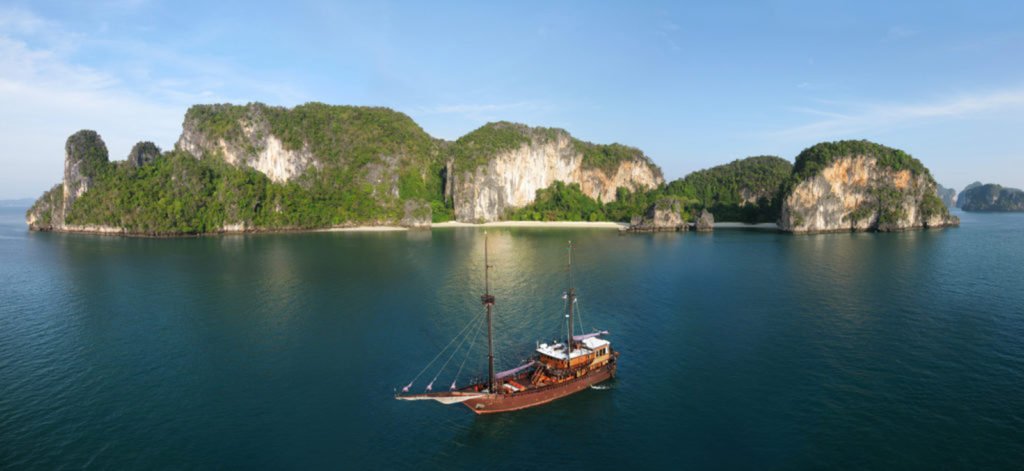

El Aleph is a luxury phinisi yacht that can be chartered for trips around Indonesia, including the Spice Islands, Komodo, the Banda Sea, Maluku, Raja Ampat, and also Papua New Guinea.
Please note that El Aleph is only available for full charter and to ensure your privacy and exclusive service we do not take bookings for individual cabins.
To make a reservation, or for more information, please contact us on: info@elalephcruising.com
(Many thanks to Morrison Mast for his detailed report of this incredible trip – more information can also be found on the Oceanic Society website here)


